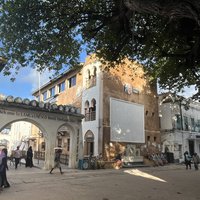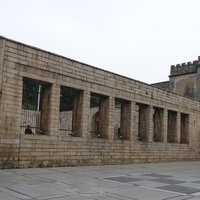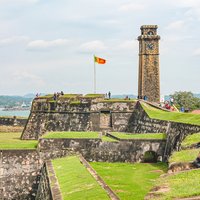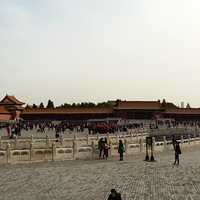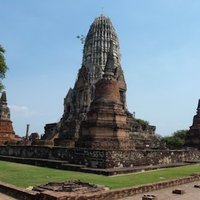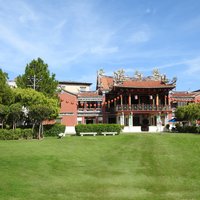Connected Sites
-
"There are some accounts that mention Chinese ships of Zheng He's fleet sinking near Lamu Island in Kenya in 1415. Survivors are said to have settled in the island and married local women. However, the authenticity of this story is disputed." (Wiki); "the Chinese are confident they'll uncover a Ming-era wreck near the Lamu archipelago, where bits of Ming ceramic ware have surfaced in the past, and that it will be their legacy that gets burnished when they find it. A team of Chinese archaeologists is expected to commence work in July (2010)". Read more at link
See www.time.com
-
Criterion (vi): “Historic Monuments and Sites of Ancient Quanzhou (Zayton)” is directly associated with the significant events of Zheng He’s voyages to the west and tangibly associated with the spread of Islam, Manichaeism, Hinduism and Nestorianism in the southeast coastal area of China. The monuments and sites are directly associated with the following literary works: Travels of Marco Polo, Travels of Friar Odoric, Ibn Battuta’s Rihla, Records of Foreign Countries, and A Synoptical Account of the Islands and Their Barbarians. These events, communications and works had great influences on the Chinese history as well as the world history.
-
"The Galle Trilingual Inscription was a stone tablet inscription in three languages, Chinese, Tamil and Perisian that was erected in 1411 in Galle Sri Lanka to commemorate the second visit to Sri Lanka by the Chinese admiral Zheng He The text concerns offerings made by him and others to the Buddhist on the Mountain of Sri Lanka. It was found by an engineer, S. H. Thomlin, in 1911 in Galle" (Wiki).
-
He served the emperor who built the Forbidden City in Beijing. He would have appeared at the palace more than a few times
-
Zheng He travelled up the Chao Phraya river to the Siamese capital on 3 occasions. A statue of him stands today in the city.
-
Malacca - Visited on most of the voyages. He established one of his bases of operation there and, under Chinese protection against an expansionist Siamese monarchy at Ayutthaya, Malacca flourished. Malaccan folklore believes that Zheng He brought a Chinese princess (together with many Chinese retainers) with him who married a local Sultan. The progeny of all these Chinese formed the basis of the Straits Chinese population.

